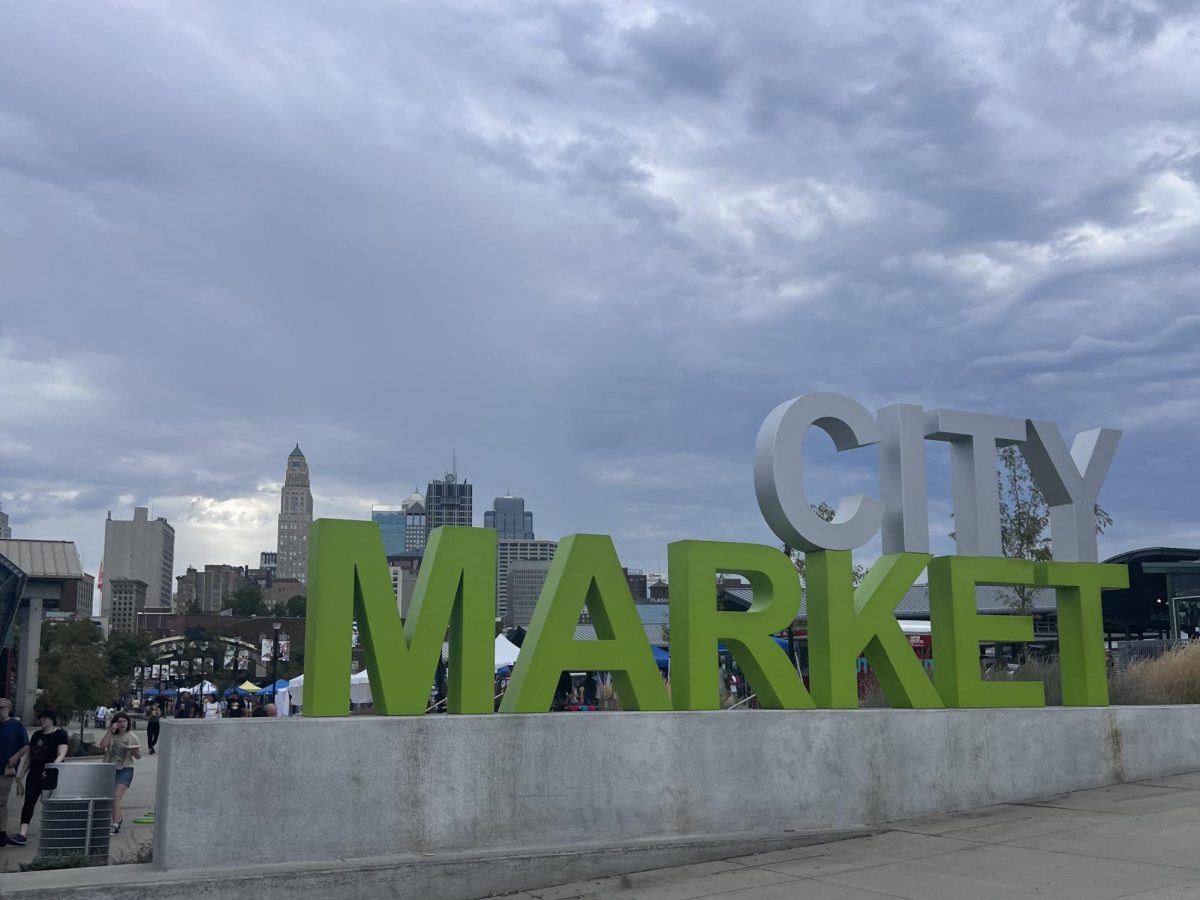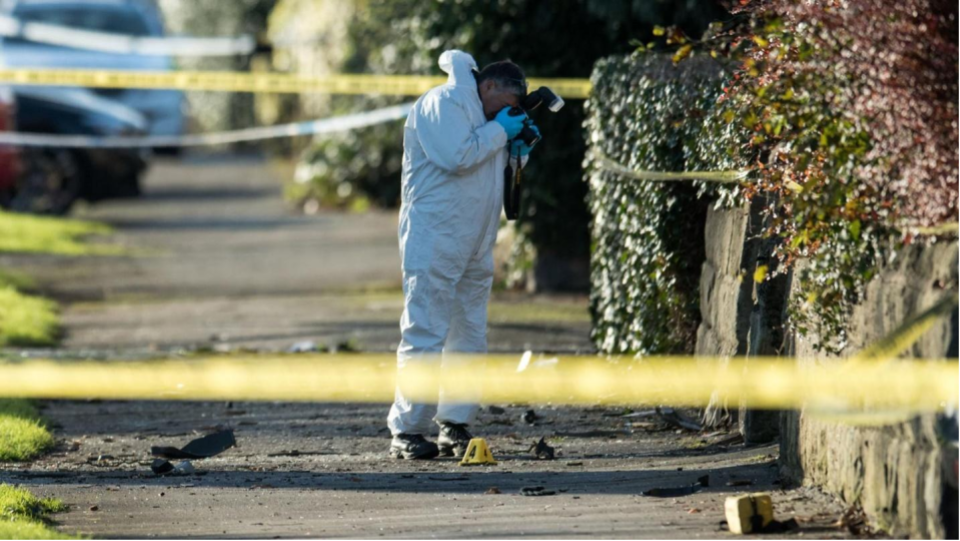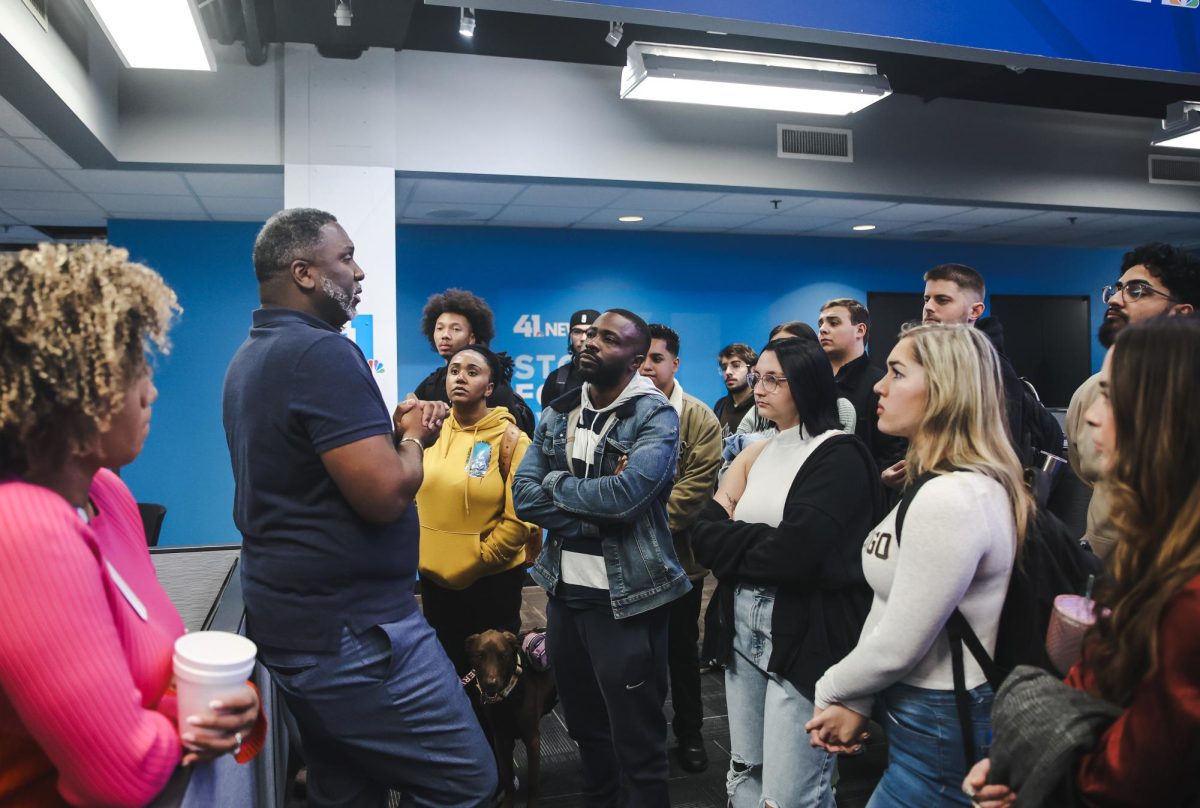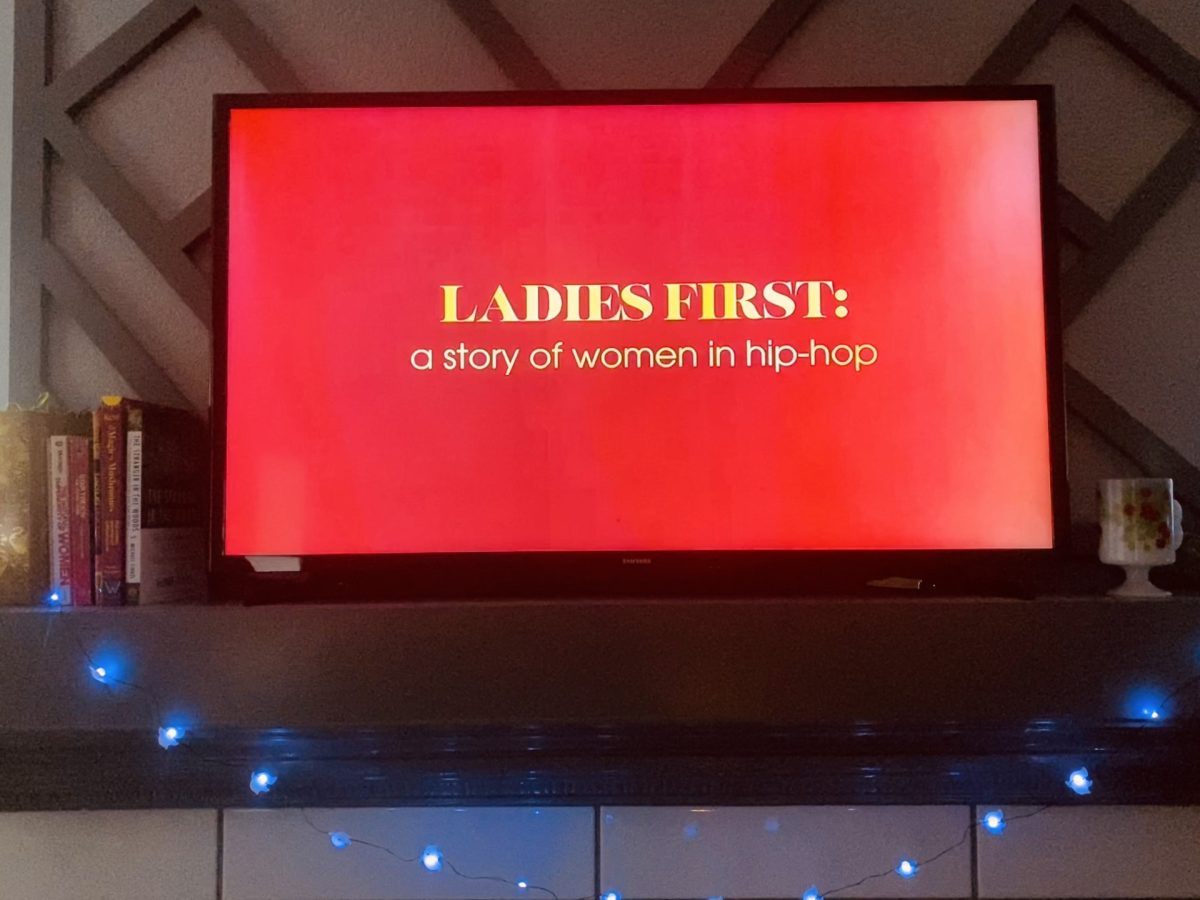On Aug. 21, an unknown man was found by KCPD’s South Patrol on East 118th Pl. and Delmar Dr. with apparent stab wounds. The man, who was pronounced dead upon arrival at a local hospital, marked Kansas City’s 100th homicide of 2021.
Later in the week, victims 101-103 were 27-year-old female Randi Smith, 41-year-old Kurreem Graves and 27-year-old Tarey Johnson.
Officers found Graves shot to death in a crashed vehicle on Independence Avenue and Garfield. Johnson succumbed to gunshot wounds at a local hospital after officers found him in front of a residence on the 3000 block of Olive St. in the dilapidated Prospect corridor.
These unfortunate and preventable deaths have brought the homicide total for the entire KC metro area to 156 and counting.
Although this pace is slightly slower than the record-breaking year of 2020 — which ended with a total of 182 homicides and 631 non-fatal shootings — it is still an alarming trend that continues to plague the metro area and the nation.
Media and Public Perception
Due to America’s sensationalism of crime via religious and conservative news media, high-profile politicians, law enforcement personnel and their allied punditry have called for a resurgence of the law and order politics that explicitly criminalized people of color from both Generation X and Millennials.
There was an uptick in violent crime in 2015-2016 that many accredit to a phenomena dubbed the “Ferguson Effect,” and there was another uptick in 2020 due to historic economic hardship caused by the once-in-a-century pandemic. However, according to FBI crime data, overall violent crime in America has dropped precipitously by upwards of 50% since its peak in the early 1990s.
In spite of these statistics, according to a Gallup poll conducted in 2019, 64% of Americans believe that more crime exists now than it did the previous year.
Confusingly, this sentiment still stands despite the evidenced destructive wake of America’s five decades of punitive mass incarceration that have decimated communities of color.
Proponents of reform to a restorative criminal justice system stand in firm opposition to a return to that era.
It is clear, based on decades of local and national data, that systematic poverty and lack of educational access have severe effects on communities of color. These factors are causes of the violent crime epidemic, and a symptom of the diverse cultures to which they’re often attributed.
A comparison of the Urban League of Greater Kansas City’s study (called “2019 State of Black Kansas City”) and KCPD’s crime statistics daily homicide trends illuminates the issue. On comparison, they reveal a link between impoverishment and violent crime with the emphasis on murder.
Poverty
In Kansas City, one of every seven citizens, or 16.1 % of the population in the metro, lives under the poverty line, while nationally that population is only 10.1%. Comparatively, the total for the state of Missouri is only 12.9%, which puts the KC metro at a substantially higher rate for both.
African Americans account for only 28.2% of the population in the metro, compared to 60.9% for those of Caucasian descent. Of that 16.1% who live below the poverty rate in Kansas City, 24.67% are Black, while only 9.7% are white.
When looking at wealth generation indicators like home ownership and median income, the circumstances for people of color are even more bleak.
According to the Urban League study mentioned previously, Black median net worth for households is a meager $17,600, while the same metric is a staggering increase to $171,000 for white households.
This massive wealth gap is exemplified by the metro’s horrendous legacy of redlining and blockbusting that purposely barred purchasing of homes by Black families west of Troost Avenue while simultaneously devaluing the homes they were able to purchase east of the dividing line.
Furthermore, when looking at median household income, Blacks average a little over $39,000 in wages and only accumulate 54% of what their white counterparts do within the counties designated as part of KC metro.
Education
In regards to education, the Kansas City Public School district has ranked in the bottom of the nation since it became the first school district to lose its state accreditation back in the year 2000.
According to the 2019 State of Black Kansas City study, the district is still one of the most segregated in the nation, and only 38% of Black students receive tutelage from highly qualified public educators.
This dilemma is only exacerbated by the fact that Black children are three times more likely to live with one or no parent who is only 20% likely to have a bachelor’s degree.
Conversely, white students in the metro have 100% access to highly qualified educators, and 42% of their parents have 4-year degrees.
These grim numbers for Black wealth, education and overall lack of opportunity in Kansas City are manifested in KCPD’s violent crime statistics and its policies on policing Black communities.
Crime and Policing
Based on the KC homicide statistics last updated on Aug. 30, of the 103 homicides recorded for the year, 78% of the victims were Black while 54% of the suspects in those crimes were of the same race.
Department policies for policing the metro’s communities of color are just as bad.
Data accumulated in 2018 by the Missouri Attorney General’s office states that Black residents are 91% more likely to be stopped and searched by KCPD than white residents.
Additionally, in the social justice sub-index for the larger 2019 Black equality index report, Black Kansas Citians’ cumulative score is 55%, while the national score is 55.9%.
The criteria used for measurement of social justice in the report are equality before the law, victimization and mental anguish.
The Black community in the metro scored at 60% for the first metric and 42% for the second, while it was 100% across the board for their white counterparts.
In this same report, Black people were also 77% more likely to be the victims of murder..
Having such detailed and ominous statistics concerning the state of the Black community in this city, it should be clear what needs to be done is to find solutions for these problems, those that the Black community did not create alone or in a vacuum.
Therefore, instead of following the solutions of the past that clearly did more harm than good, it is time to take new and progressive approaches to ensure the next generation has a fighting chance for equality in this city and this nation.
[email protected]













